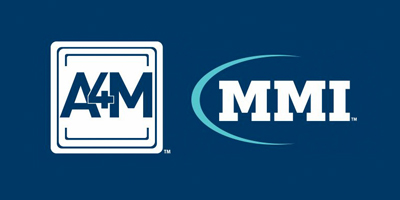Little is known about the long-term outcomes of children living with HIV in Latin America. Few studies have examined antiretroviral therapy (ART) regimen switches in the years after the introduction of ART in this population. This study aimed to assess clinical outcomes among children who started second-line ART in the Caribbean, Central and South America network for HIV epidemiology.
Methods
Children (<18 years old) with HIV who switched to second-line ART at sites within Caribbean, Central and South America network for HIV epidemiology were included. The cumulative incidence and relative hazards of virologic failure while on second-line ART, loss to follow-up, additional major ART regimen changes, and all-cause mortality were evaluated using competing risks methods and Cox models.
Results
A total of 672 children starting second-line ART were included. Three years after starting second-line ART, the cumulative incidence of death was 0.10 [95% confidence interval (CI) 0.08 to 0.13], loss to follow-up was 0.14 (95% CI: 0.11 to 0.17), and major regimen change was 0.19 (95% CI: 0.15 to 0.22). Of those changing regimens, 35% were due to failure and 11% due to toxicities/side effects. Among the 312 children with viral load data, the cumulative incidence of virologic failure at 3 years was 0.62 (95% CI: 0.56 to 0.68); time to virologic failure and regimen change were uncorrelated (rank correlation −0.001; 95% CI −0.18 to 0.17).
Conclusions
Poor outcomes after starting second-line ART in Latin America were common. The high incidence of virologic failure and its poor correlation with changing regimens was particularly worrisome. Additional efforts are needed to ensure children receive optimal ART regimens.















